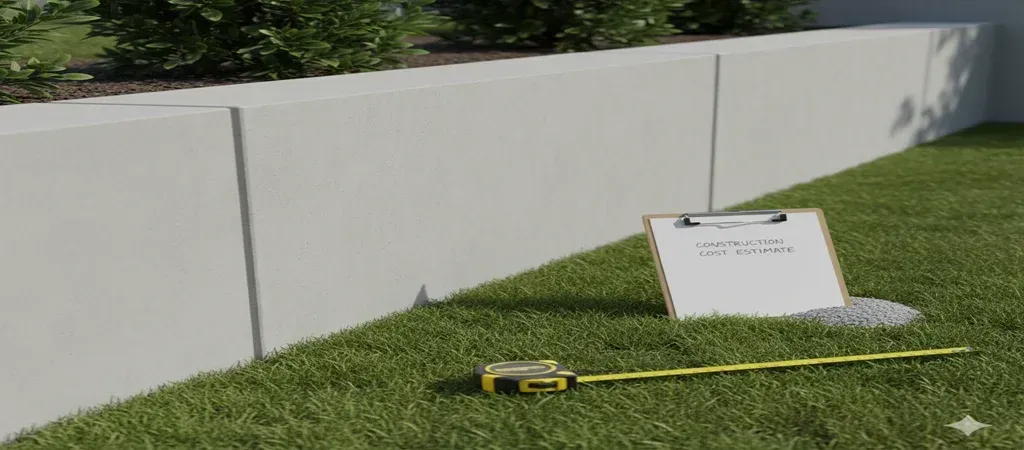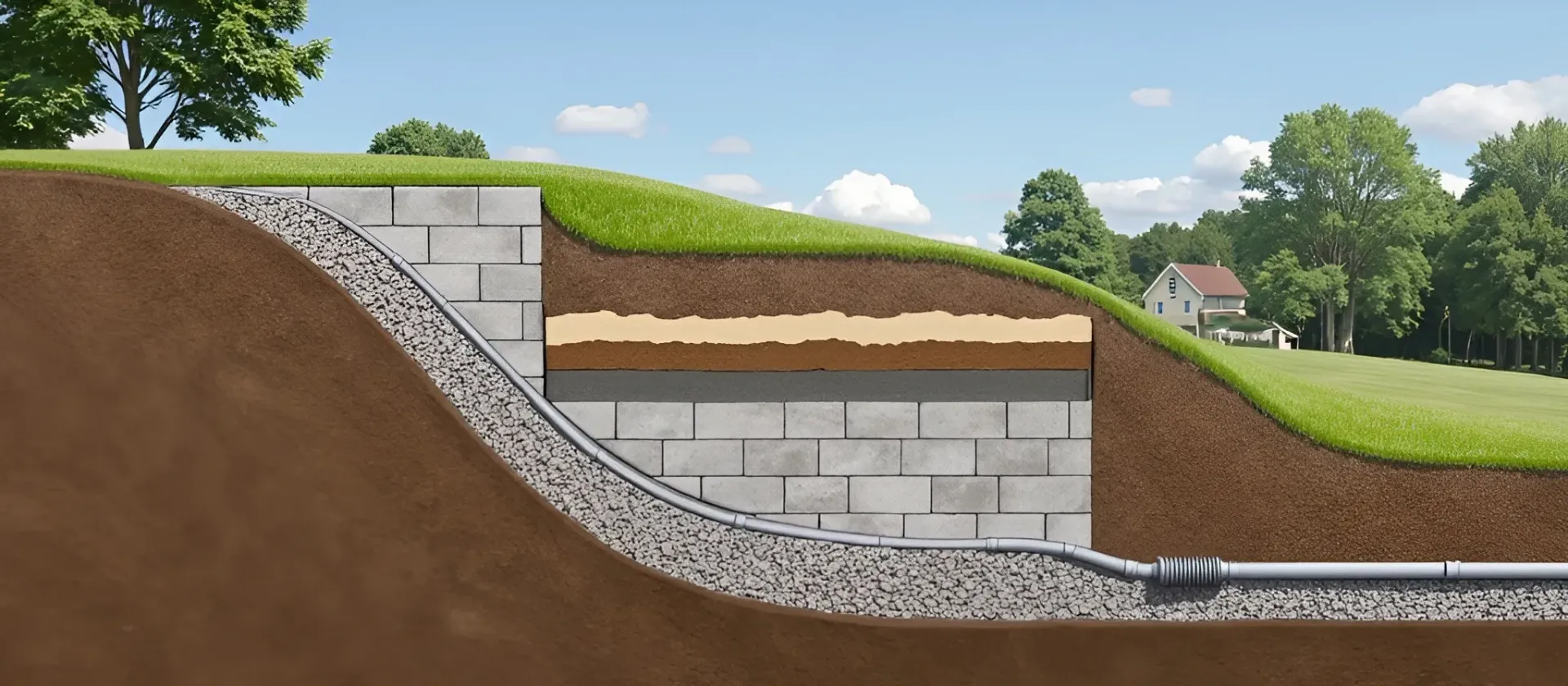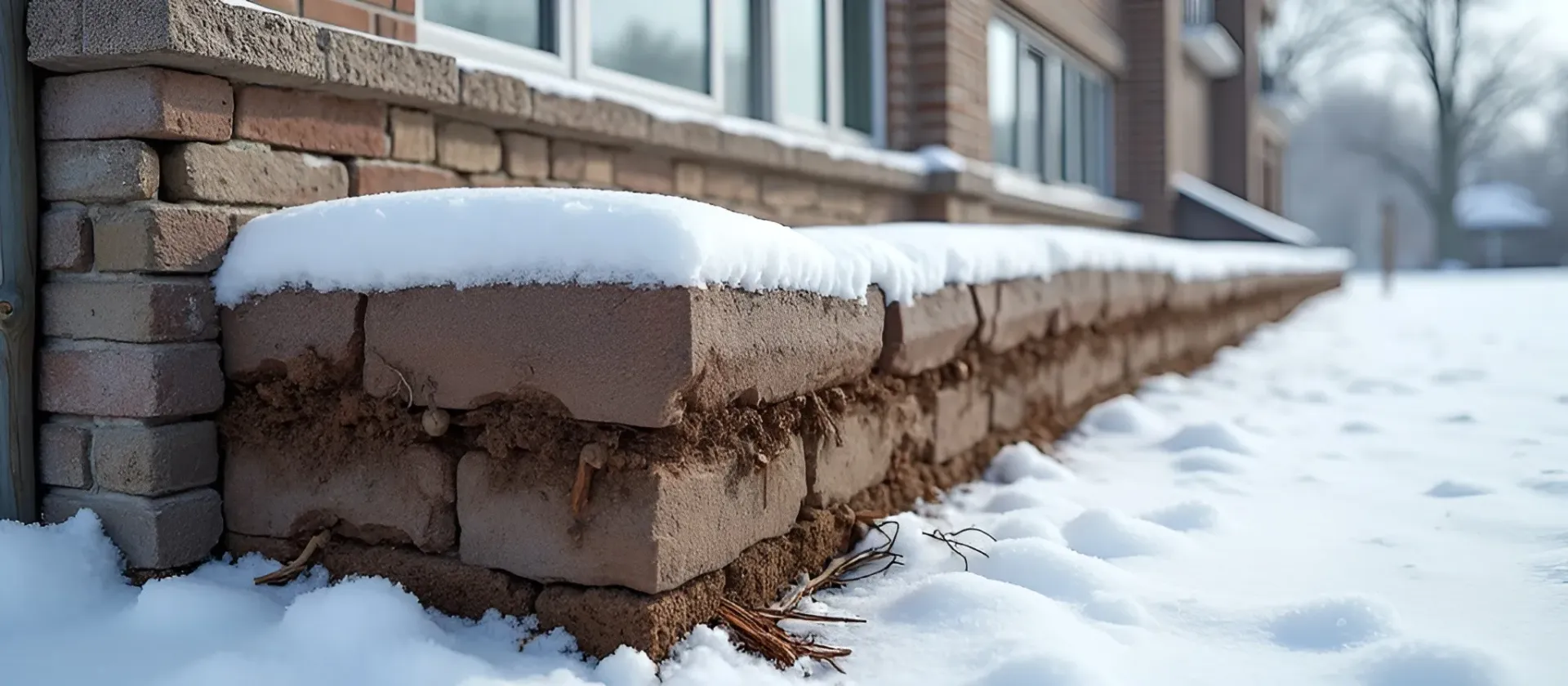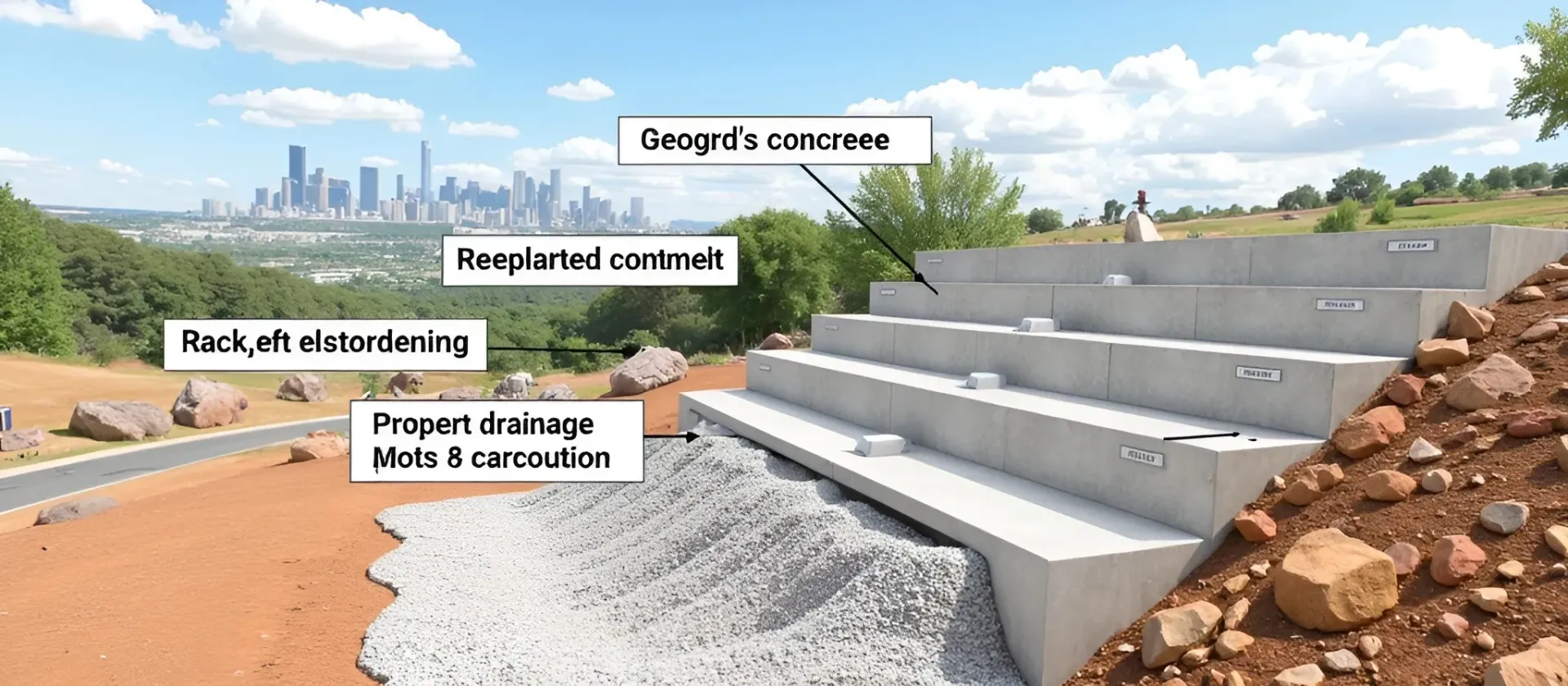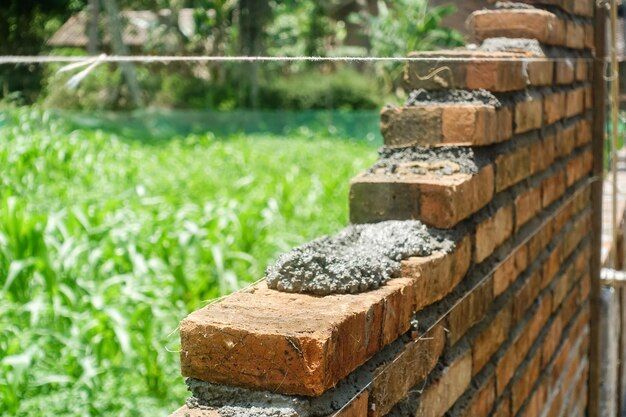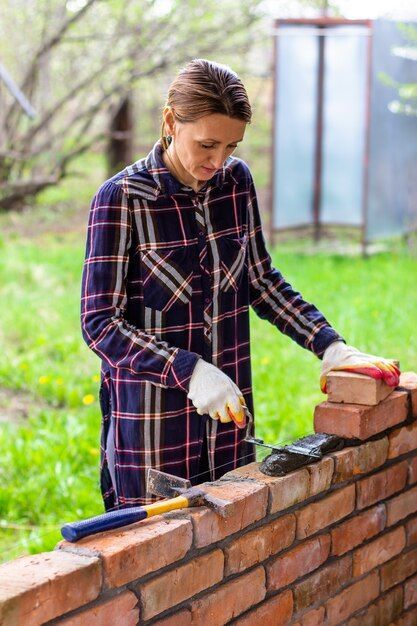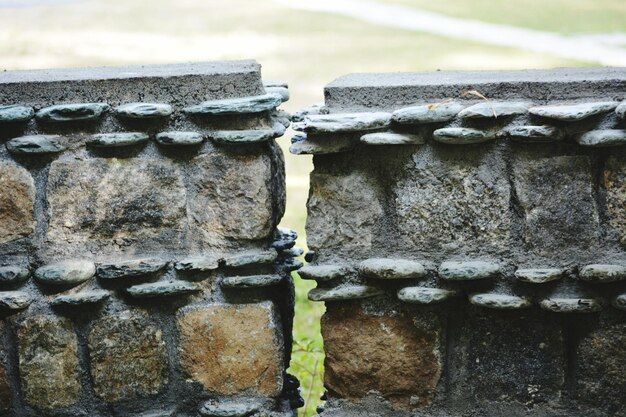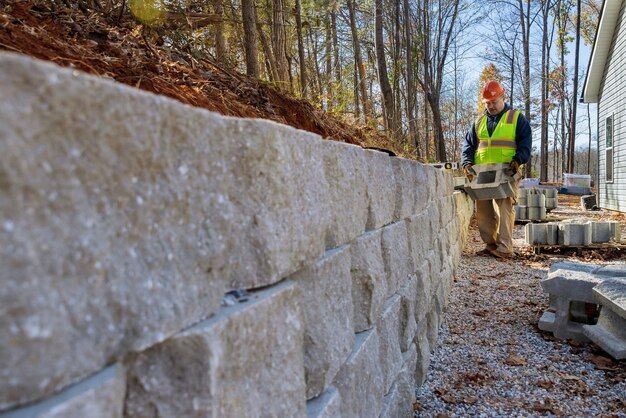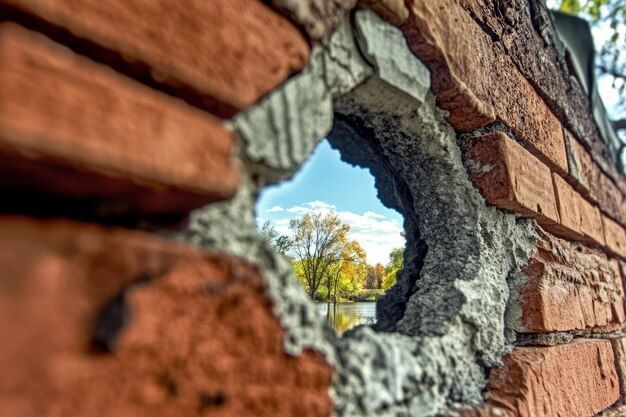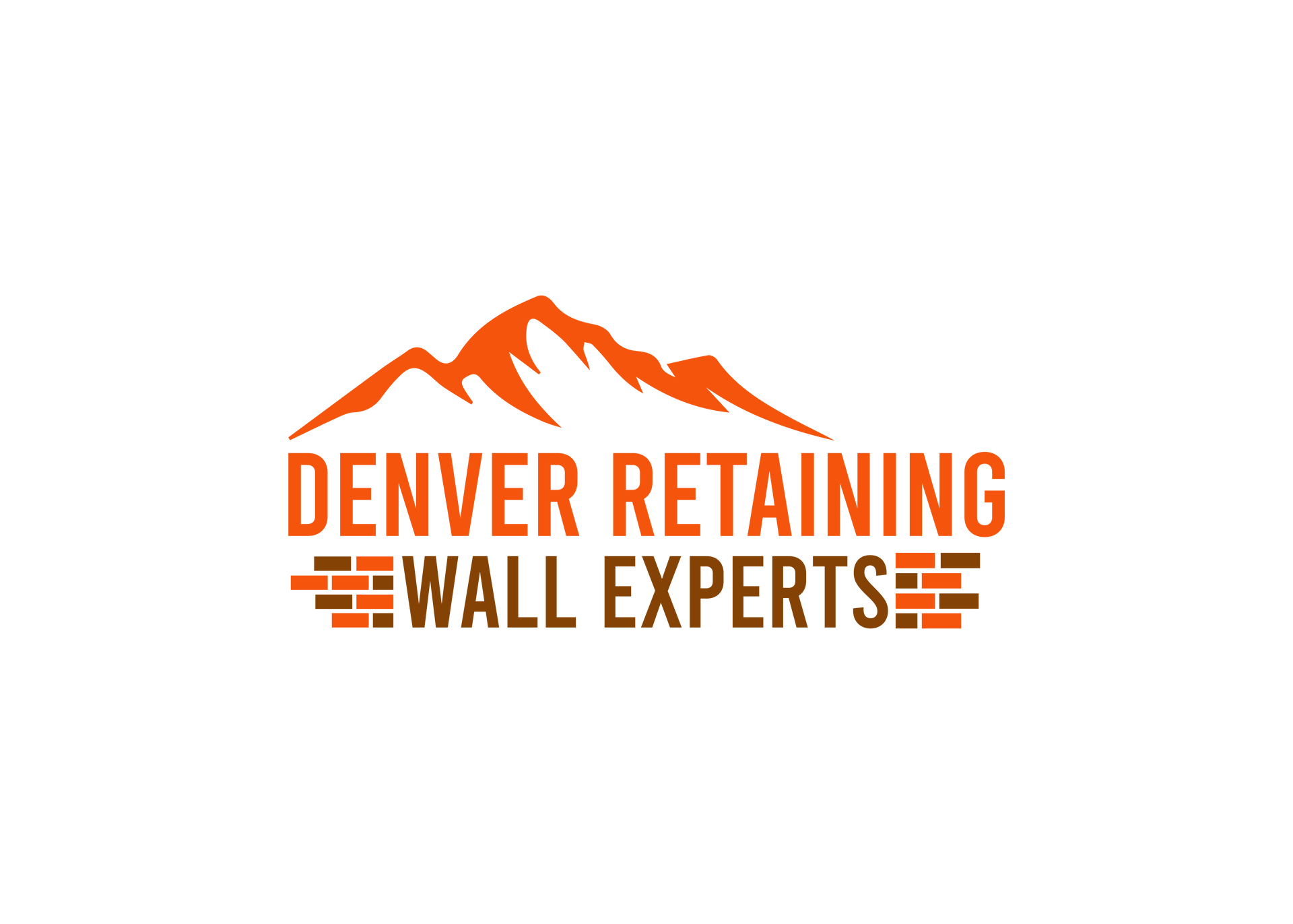Rock Walls vs. Concrete Walls – Which Retaining Wall Solution Fits Your Needs Best?
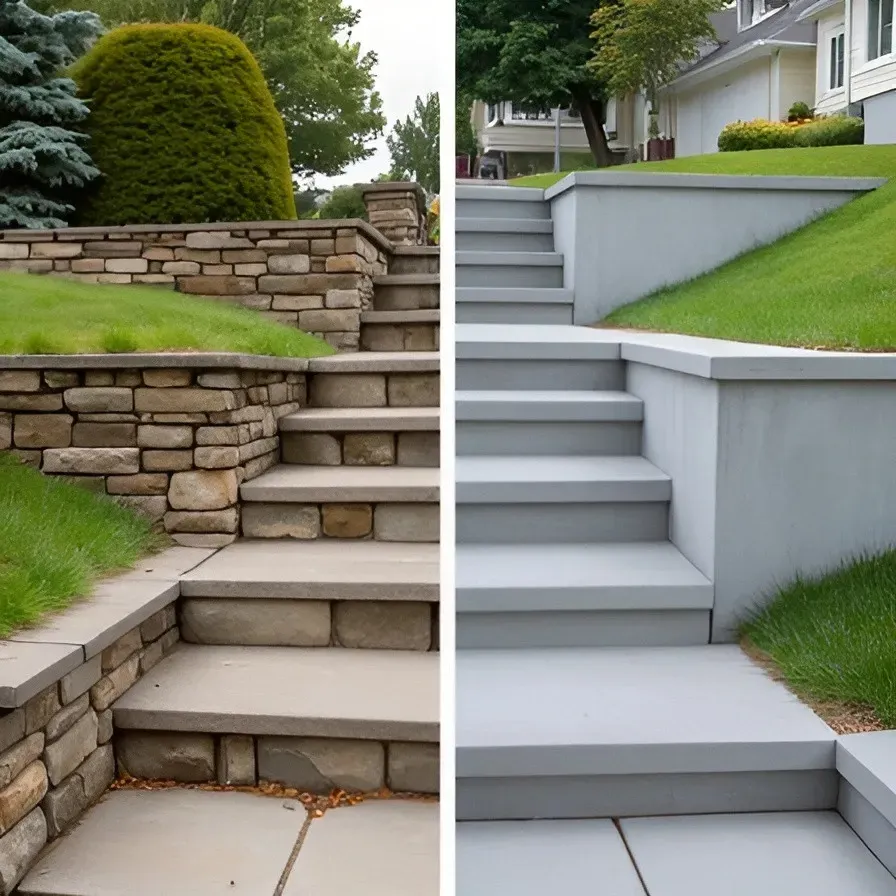
Choosing the right retaining wall can feel like one of those decisions that shouldn’t be complicated, but somehow are. You are staring at your sloped yard or a spot where erosion is beginning to cause problems, and suddenly you’re deep into comparing stone textures and concrete block specs.
If you’ve narrowed things down to rock walls and concrete walls, you’re in the right place. This guide breaks down the differences in a straightforward way so you can move forward with a choice that makes sense for your space, budget, and long-term needs.
Understanding the Basics
Before jumping into comparisons, it's helpful to define what we’re talking about.
Rock retaining walls are made with natural stones either stacked without mortar (dry-stacked) or held together with mortar. These walls lean on gravity and friction to hold their place, which is part of their old-world appeal. They’ve been around for centuries and are often found in gardens, countryside properties, and homes that lean into a more natural or rustic aesthetic.
Concrete retaining walls come in a few forms. Some are poured in place, creating a solid slab. Others use precast concrete blocks or sleepers. These types of walls are usually more geometric, cleaner in appearance, and often chosen for modern homes or large landscaping projects.
Both options are capable of doing the job. It really comes down to what matters most to you.
Which One Looks Better?
Aesthetics might not be everything, but let’s be honest: it’s a big part of the decision.
Rock walls feel organic and timeless. Because the stones are naturally varied, no two walls look the same. A stone wall blends in easily and adds character if your property is surrounded by trees, native vegetation, or older architecture. Even newer homes can benefit from the warm, earthy texture rock brings to a landscape.
Concrete, on the other hand, offers clean lines and uniformity. It fits well with minimal landscaping, structured gardens, and properties that favor a more architectural look. Concrete block walls can be textured or colored, so you don’t have to settle for plain gray.
If you’re drawn to softness, unpredictability, or a “found in nature” kind of beauty, rock may be the better fit. If your design style leans more toward order, simplicity, and control, concrete probably aligns better.
What Lasts Longer?
Both wall types are strong, but they handle pressure differently.
Concrete is engineered for strength. Poured concrete (when reinforced with steel) can hold back significant weight and last for decades with little issue. It’s less prone to shifting, especially in areas with soil movement or heavy rain. In terms of pure structural performance, it has the edge.
Rock walls are strong, but their durability depends heavily on how well they are built. Dry-stacked walls in particular require careful placement and proper drainage behind them. A well-built stone wall can last just as long as concrete, but if shortcuts are taken, it might begin to lean or settle over time.
Installation: What You’re Getting Into
This part is easy to overlook but hugely important.
Rock walls are labor-intensive. Stones must be carefully placed, and if it’s a dry-stack build, the technique takes real skill. Depending on how much wall you need, it can take longer to complete and may require specialized contractors. But in return, you get a wall that truly fits the space.
Concrete walls (especially those made from blocks or sleepers) go up more quickly. Poured concrete takes longer due to curing time, but even then, the process is often faster overall than building with stone. For bigger walls or tight deadlines, concrete has an advantage. Avoiding mistakes during installation is key to longevity. Be sure to learn from the top 10 common mistakes to avoid when building a retaining wall in Denver.
Maintenance Over Time
No wall lasts forever without a little care. But some need more than others.
Rock walls are relatively low-maintenance. You may see some plant growth in the cracks or occasional stones shifting over many years. Still, a well-built wall won’t demand much unless it was poorly installed from the start.
Concrete walls are more resistant to movement, but they can develop cracks. These aren’t always structural problems, but they can let in water or become an eyesore. In wet or cold climates, freezing and thawing cycles can make this worse. Sealing the concrete and installing proper drainage helps avoid these issues.
So while both require some attention over the years, they don’t need constant work. If maintenance is a concern, it may come down more to who built it than what it’s made of. For long-term durability, understanding why Denver retaining walls collapse can help you plan a build that avoids common pitfalls.
Site Conditions Matter
Not every wall works for every yard. Think about drainage, slope, soil type, and weather that’s different everywhere.
Rock walls, especially dry-stacked ones, allow water to pass through naturally. This makes them great for gardens and areas where drainage is a concern. They also adapt well to uneven or rocky terrain.
Concrete walls don’t let water through, so proper drainage must be built into the design, usually with weep holes or gravel backfill. Without it, hydrostatic pressure can build up and push the wall out over time.
In areas with a lot of rain or clay-heavy soil, drainage is crucial no matter what material you choose. But the way each wall handles water is something to factor in early.
So… Which One Should You Pick?
Here’s a quick way to think about it:
- Choose a rock wall if you want a natural look, are building a smaller wall, and don’t mind paying a little more for handcrafted style and time-tested charm.
- Choose a concrete wall if you need something heavy-duty, modern in style, or faster to install. It’s also the go-to for taller walls or places with shifting soils.
Neither is strictly “better.” It’s about the look you want, the conditions of your site, and how much time and budget you’re willing to commit.
Conclusion
It’s easy to get lost in materials, measurements, and comparisons, but take a step back and think about how you want your space to feel. Then talk to a local builder or landscaper who knows your area’s conditions.
If you make your choice with care, either one will serve you well.
